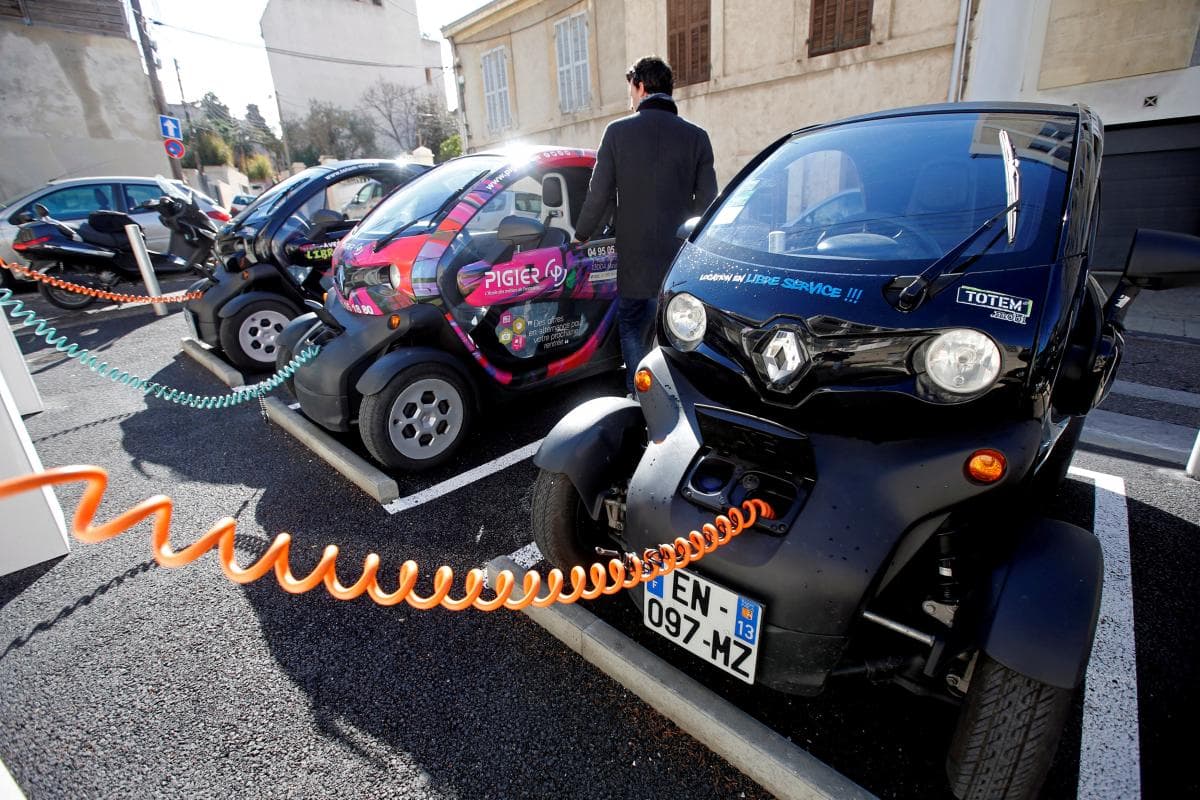
(Jan 12): Every year, BloombergNEF’s team of analysts pauses to reflect on what’s happened in our industry and make some predictions on what might be in store next. Each year presents its own challenges, and 2023 is no exception, with economic uncertainty riding high, geopolitical tensions rising and the policy landscape shifting.
Here are three things we’re expecting for the EV market this year, pulled from a full report that BNEF and Bloomberg Terminal clients can find here. I’ll touch on four more of BNEF’s predictions in my next Bloomberg Hyperdrive newsletter column.
Electric vehicle sales break records again, but the pace of growth slows
We expect EV adoption to continue to rise in 2023, but at a slightly slower pace than the last two years, which saw sales jump from 3.2 million in 2020 to more than 10 million in 2022. We expect 13.6 million plug-in passenger vehicle sales in total for this year, with around 75% of those being fully electric.
China is set to dominate the EV sales charts again, with 8 million passenger EVs sold despite its phase-out of subsidies. The US is poised for a breakout year due to the combination of new EV manufacturing capacity and refreshed federal tax credits. With around 1.6 million plug-in vehicle sales in 2023, the US will still be well behind Europe on adoption, but the gap is starting to narrow. Growth will be modest in Europe as legacy automakers wait for emissions regulations to tighten again in 2025, but Chinese automakers are nipping at their heels and already account for over 10% of the region’s EV market.
There are now 27 million electric vehicles on the road globally, and this should cross 40 million by the end of the year. That’s still only around 3% of the global vehicle fleet, but it’s a huge leap from less than 1% at the end of 2020 and makes EVs one of the fastest-moving parts of the global energy transition.
Still, a note of caution is needed. With plug-in vehicles now representing around 15% of global car sales, their fortunes are increasingly tied to an overall global economy that is on shaky footing.
Electric trucks and vans approach mainstream adoption
Sales of zero-emission vans and trucks will continue to rise quickly and should hit almost 600,00 globally in 2023, up over 80% from 2022. Since 2020, sales have jumped almost fourfold against the backdrop of a largely stagnant market for commercial vehicles. Commercial vehicles are used much more intensively than passenger cars, so electrifying them can lead to large reductions in both emissions and oil demand.
China is set to remain the sales leader, with roughly twice as many electric vans and trucks sold compared to Europe. Another market to watch is South Korea, where electric light commercial vehicle sales were close to 25% of the market even after the expiry of generous purchase subsidies.
The US could turn into a surprise market for zero-emission vans and trucks. After very low sales in previous years, there are signs of change: Buyers have placed large orders from the likes of GM’s BrightDrop, Volvo Truck, Tesla, Daimler Truck and others, and in many cases deliveries are already taking place. At the same time, some of the most ambitious projects for high-power charging of heavy-duty electric trucks are being developed in the country, with some stations set to start operating this year.
The number of public charging stations hits 4.1 million globally but growing pains remain
Annual public charging installations more than doubled to just shy of 1 million in 2022, from 450,000 a year earlier. BNEF expects annual installations to reach 1.3 million in 2023, and for the cumulative network to reach 4.1 million.
The fate of global growth depends heavily on the Chinese industry, which has been installing a huge number of chargers. Europe and North America are much further behind but will also post record years for public installations. Grid connections issues will continue to be one of the hurdles to faster growth, and carbon credit schemes will become of greater interest to operators to make business models stack up economically.